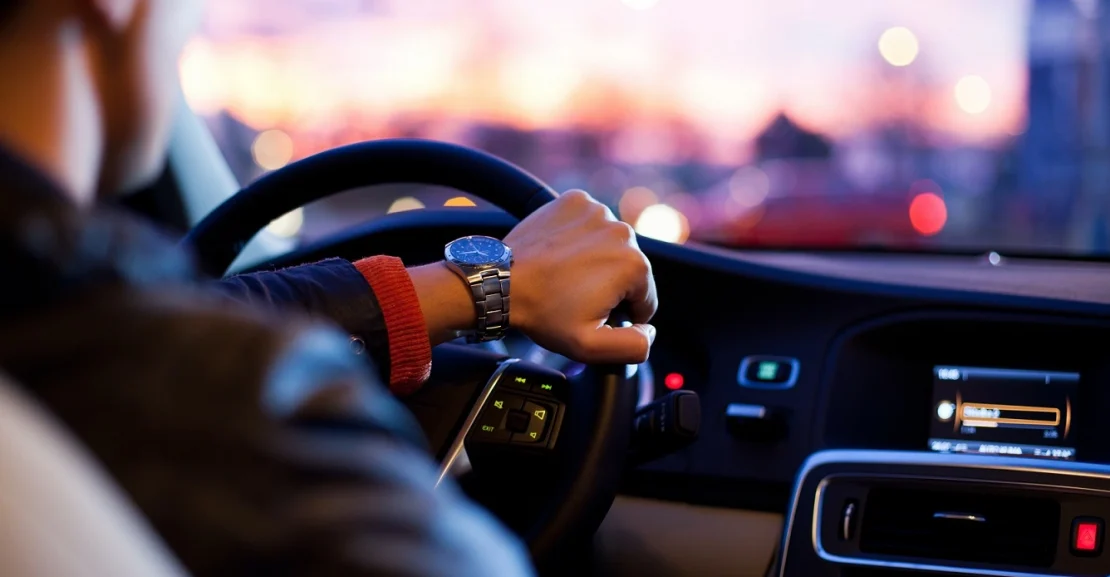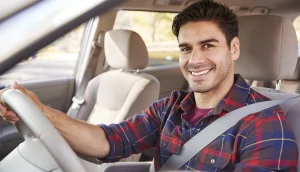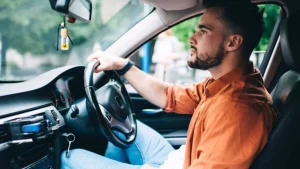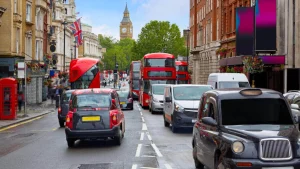The United Kingdom has a structured and rigorous process for obtaining a driving license. Hence the question: “Is it difficult to get a driving license in the UK?”
As rigorous as obtaining a driving license in the UK is, it includes multiple steps, from applying for a provisional license to passing both theory and practical driving tests.
Many applicants find the process challenging due to strict requirements and high testing standards. However, the good news is that we will help you explore the key aspects of acquiring a UK driving license. Also, you will learn about the potential difficulties faced by learners, and tips to navigate the process successfully.
The UK driving license system is regulated by the Driver and Vehicle Licensing Agency (DVLA) in England, Scotland, and Wales, and by the Driver & Vehicle Agency (DVA) in Northern Ireland. The process typically involves the following stages:
- Provisional Driving License Application
- Passing the Theory Test
- Taking Driving Lessons
- Passing the Practical Driving Test
- Receiving the Full Driving License
Each stage comes with its own challenges, making it crucial for applicants to prepare thoroughly.
The Best Steps to Get a Driving License in the UK
1. Applying for a Provisional Driving License
Before starting driving lessons, applicants must obtain a provisional driving license. The requirements include:
- Being at least 17 years old (or 16 for mobility vehicle users).
- Providing proof of identity (e.g., passport, residency permit).
- Meeting the medical fitness requirements.
- Paying a fee of £34 (online application) or £43 (postal application).
One of the difficulties applicants face is ensuring that all documentation is correct and that they meet the eligibility criteria.
2. Passing the Theory Test
The theory test is often considered one of the most challenging parts of getting a UK driving license. It consists of two sections:
- Multiple-Choice Questions: Covers topics such as road signs, vehicle safety, and legal requirements.
- Hazard Perception Test: Requires identifying developing hazards in a series of video clips.
The pass rates for the theory test are relatively low, with many applicants failing on their first attempt. Common challenges include:
- Understanding UK road rules and regulations.
- Difficulty in recognizing hazards quickly.
- Lack of practice or using outdated study materials.
3. Taking Driving Lessons
Learning to drive in the UK requires practical experience. Most learners take driving lessons with a DVSA-approved instructor, which can be expensive. Key challenges include:
- The high cost of lessons (£25-£30 per hour on average).
- The need for consistent practice to master driving skills.
- Dealing with busy and complex UK road networks.
On average, learners need around 45 hours of professional lessons and 22 hours of private practice to be test-ready.
4. Passing the Practical Driving Test
The UK practical driving test is widely regarded as one of the most difficult in the world. It involves:
- Eyesight Check: Reading a license plate from 20 meters.
- Show Me, Tell Me Questions: Answering two vehicle safety questions.
- Independent Driving: Following road signs or using a sat-nav.
- Various Driving Maneuvers: Including parallel parking, bay parking, and emergency stops.
- General Road Driving: Demonstrating safe and legal driving skills.
Why is the Practical Test Difficult?
- The pass rate is around 45%, meaning more than half of the applicants fail.
- Examiners follow strict marking criteria, penalizing even small mistakes.
- Test routes often include complex junctions, roundabouts, and motorways.
- Nervousness and pressure lead to mistakes during the test.
READ ALSO:
- How Long Can I Drive in the UK with a Foreign License?
- Can I Use my Nigerian Drivers License in the UK?
- How Can a Foreigner Get a Driver’s License in the UK?
- Can I Rent a Car in the UK with a Nigerian License?
- Can a Non-resident Get a UK Driving License?
Tips to Improve Your Chances of Passing
To increase your likelihood of passing both the theory and practical tests, consider the following tips:
1. Study Extensively for the Theory Test
- Use the official DVSA app and practice materials.
- Take mock tests regularly to familiarize yourself with the format.
- Watch hazard perception training videos and practice identifying hazards.
2. Choose a Qualified Driving Instructor
- Find a DVSA-approved driving instructor (ADI) with good reviews.
- Take structured lessons covering different driving scenarios.
- Learn defensive driving techniques to build confidence.
3. Get Enough Practice
- Practice driving with a supervising driver (over 21 with a full license for at least 3 years).
- Drive in different conditions, including night, rain, and busy roads.
- Work on confidence and decision-making skills.
4. Understand the Practical Test Criteria
- Know what examiners look for, including mirror checks, lane discipline, and speed control.
- Take a mock driving test to simulate real test conditions.
- Focus on smooth and controlled driving, avoiding harsh braking or acceleration.
Alternative Routes to Getting a UK Driving License
For those struggling with the standard process, there are alternative options:
1. Automatic License
- If manual transmission is difficult, you can take the test in an automatic car.
- This can be easier but limits you to driving automatic cars.
2. Intensive Driving Courses
- Some learners opt for crash courses that teach driving in 1-2 weeks.
- These can be expensive but help learners pass faster.
3. Driving Tests in Less Busy Areas
- Some test centers have higher pass rates due to less congested roads.
- Choosing a test location strategically can improve your chances of success.
What Happens If You Fail?
Failing a test is not uncommon. If you fail:
- Theory Test: You must wait three days before retaking.
- Practical Test: You must wait 10 working days before retaking.
- Analyze examiner feedback to improve weak areas.
- Book another test quickly to retain your driving skills.
Obtaining a UK driving license is not easy, but with adequate preparation, patience, and practice, it is achievable. The key challenges include passing the theory test, affording driving lessons, and overcoming the strict practical test requirements.
However, with the right approach, thousands of learners pass each year. If you are persistent, well-prepared, and confident, getting a UK driving license is definitely within reach.




